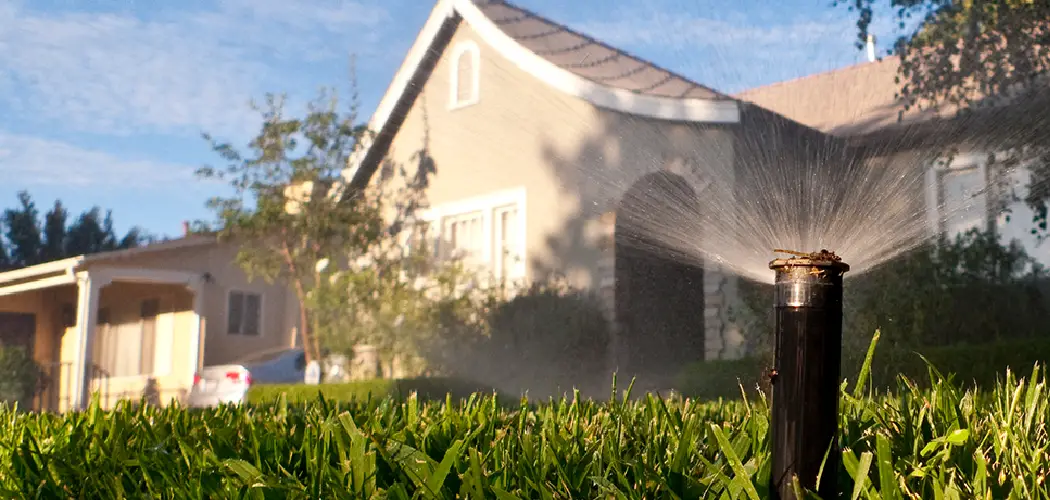When you’re dealing with a flooded backyard, it can feel like an overwhelming problem to tackle. But with the right knowledge and preparation, taking care of a flooded yard doesn’t have to be so difficult! In this blog post, we’ll go over the steps you need to take to fix a flooded backyard and get your outdoor space looking great again.
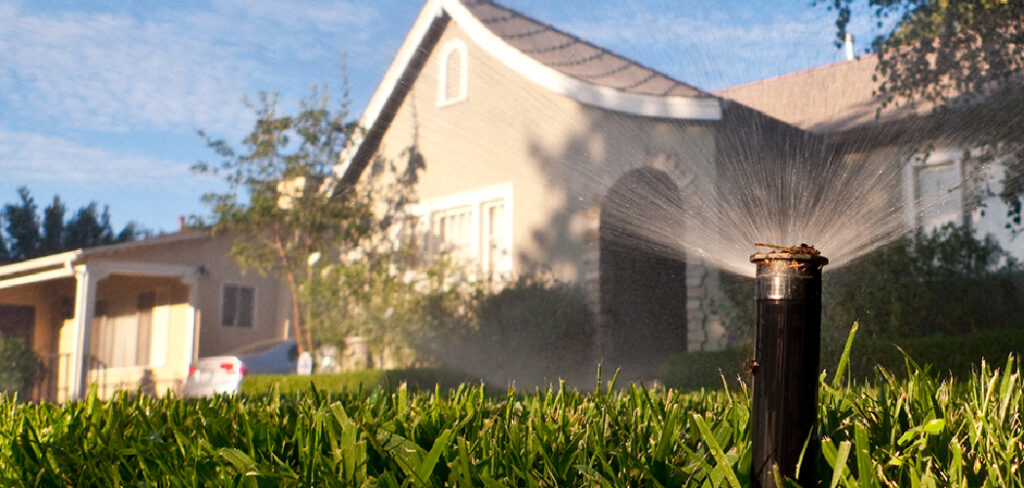
It is important to know how to fix a flooded backyard.
We’ll discuss identifying the cause of flooding and how best to address it, what type of soil is best for drainage purposes, useful landscaping techniques that help reduce water buildup, as well as tips on preventing future flooding episodes.
By implementing these strategies in your yard, you’ll be able to make sure those floodwaters are dealt with properly and prevent them from coming back in the future. Keep reading for all our helpful tips on fixing a flooded backyard!
Tools You Will Need
- Water pump
- Shovels, rakes, hoes, and other tools for digging
- Materials like rocks and gravel to help with drainage
- Plants (for landscaping purposes)
6 Steps Guide on How to Fix a Flooded Backyard
1. Identify the Cause of Flooding:
Flooding in backyards may be caused by a variety of factors, including heavy rainfall, snowmelt, rising groundwater levels, and storm surges. To remedy the flooding, it is essential to identify the root cause. One way of figuring out the source of flooding is to observe your backyard after rainfalls or snowmelts and note the direction from which water enters your yard.
Finding out where the water is coming from can help understand what needs to be done to fix your backyard’s drainage problems. An experienced landscaper can conduct an assessment and help you determine. If any obstructions near or around your home need to be cleared away for proper water flow or if contouring or grading adjustments will improve drainage in your backyard. Once you have identified and addressed the cause of flooding in your backyard, implementing solutions such as runoff diversion systems can help keep it dry.
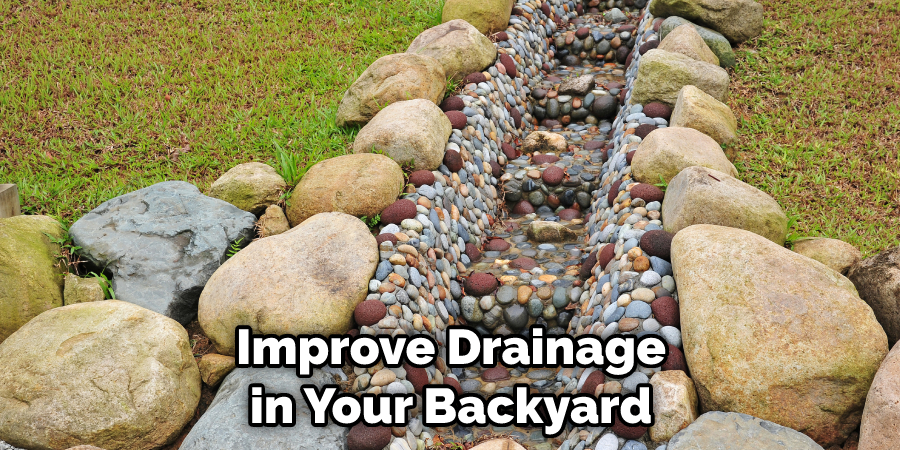
2. Select Soil That Promotes Drainage:
Keeping a backyard from flooding can be an issue that is difficult to tackle. The key to preventing water buildup is proper soil selection, as the wrong type of soil can lead to faulty drainage which will ultimately cause your yard to retain more moisture than it should.
To promote good drainage, homeowners must work with soil that is lightweight, airy, and most importantly, not overly compacted.
Rock fragments throughout the soil also help in promoting proper water management as they enable any incoming water to quickly filter into the ground. If you have been struggling with a flooded backyard, choosing soil correctly is one of the first steps in gaining control over your drainage issue. Make sure your next purchase comes with plenty of organic material and rock fragments for successful drainage and you’ll be ready to bid farewell to flooding woes!
3. Implement Landscaping Techniques:
Backyards can quickly become flooded due to heavy rains or melting snow, which can cause an array of problems for homeowners. With the right landscaping techniques, however, flooding in your backyard can be reduced. One technique is to terrace and slope the land away from the house. This allows water to flow around buildings instead of toward them.
Additionally, planting shrubs and trees that naturally repel water can help stop flooding by raising the ground level, catching unwanted rainwater or snowmelt, and blocking off runoff pathways. Installing protective barriers such as walls, dams, and swales is also an effective safeguard for preventing a backyard from flooding. DIYers who invest in these protective measures will enjoy peace of mind and a beautiful outdoor space during downpours!
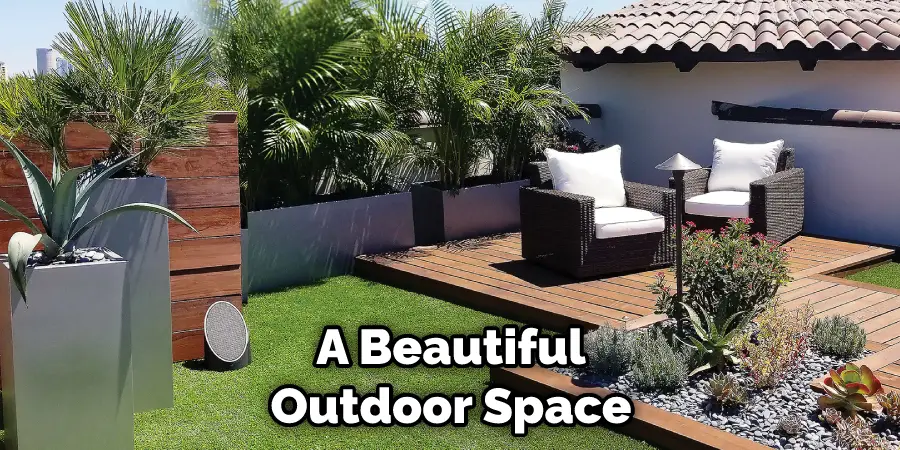
4. Add Rocks and Gravel:
If your backyard is prone to flooding, adding rocks and gravel can be an effective solution. Rocks and gravel will help create a stable surface that redirects the water away from the low-lying areas. It also filters out the debris and prevents soil erosion. Installing this type of material is relatively straightforward – simply layer it in the problem area a few inches deep or even deeper if necessary.
If done properly, it should remain in place with regular maintenance. Furthermore, the texture of rocks and gravel provides an aesthetically pleasing appearance to any landscape. It’s a simple solution that yields long-lasting benefits for combating waterlogged yards.
5. Plant Plants:
Maintaining a balanced ecosystem in your backyard is key to dealing with flash flooding issues. Planting plants that enable water to be absorbed into the soil can help control the water level and prevent future flooding. Applying organic mulch to preserve moisture is also effective, as it helps keep the soil cool and moist. Additionally, nature-based solutions such as rain gardens and bio-retention are also great options for controlling wet weather flows.
Rain gardens slow down surface runoff water and allow it to seep back into the soil, while bi-retention features serve as a filter for excess water by trapping sediments and pollutants before they enter larger bodies of water such as rivers. Utilizing these green initiatives will not only protect your yard from flooding but also reduce pollution of local waterways.
6. Install a Water Pump:
Installing a water pump can be the perfect solution if your backyard has become flooded due to heavy rains. A water pump is an easy-to-use, reliable tool that helps quickly rid any outdoor space of excessive standing water. The installation process may take some time and effort but once complete you’ll have a properly drained backyard with minimal standing water and no more flooding.
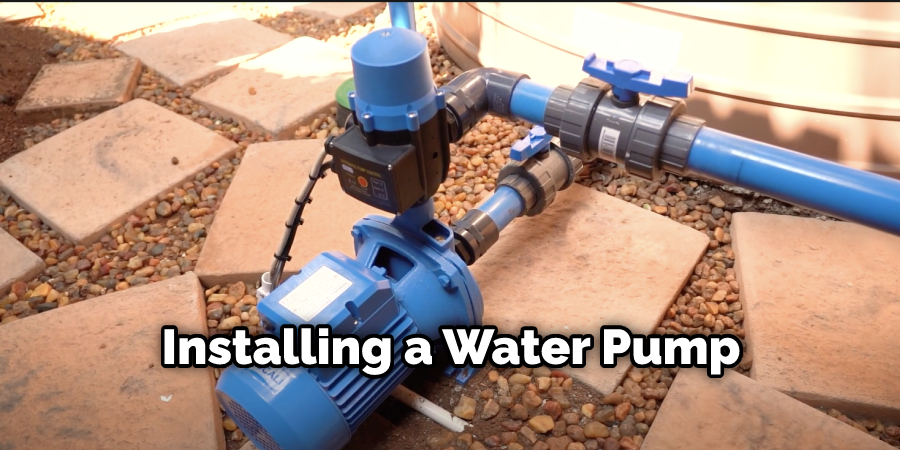
If you’re uncertain about how to install your unit, you can always get help from professionals who can help guide you in selecting and installing the right kind of pump for your particular space, as well as provide general advice on maintenance and ongoing use.
With the right knowledge and preparation, fixing a flooded backyard doesn’t have to be so difficult! By following these steps and using the appropriate tools, you’ll be able to make sure those floodwaters don’t return in full force anytime soon. Good luck and happy landscaping!
Tips to Fix a Flooded Backyard
- One of the most important things to do if you want to fix a flooded backyard is to check the slope of your yard. The slope is the angle that your yard slopes down from your house. If the slope is too steep, rainwater will run off of your yard quickly and cause flooding. If the slope is too gentle, water will pool in your yard and cause flooding. The ideal slope for a yard is between 1 and 2 inches per foot.
- Another important thing to do if you want to fix a flooded backyard is to improve drainage around your house. This can be done by making sure that your gutters are clean and free of debris, and by ensuring that they are properly draining away from your house. Additionally, you can install French drains or other types of drainage systems around your house to help collect and redirect water away from your home.
- Plant Trees and Shrubs in Your Yard Planting trees and shrubs in your yard can also help to fix a flooded backyard. This is because trees and shrubs help to absorb water, which can help to reduce runoff and prevent flooding. Additionally, planting trees and shrubs can help to provide shade for your home, which can help to keep your home cooler in the summer months and reduce energy costs.
- If you have a steep slope in your yard, one way to fix a flooded backyard is to install a retaining wall. A retaining wall is a wall that is built at the base of a slope to hold back soil and water. By installing a retaining wall, you can reduce the amount of runoff from your yard and prevent flooding.
- Mulch is another effective way to fix a flooded backyard. Mulch helps to absorb water, which can reduce runoff and prevent flooding. Additionally, mulch helps to keep soil moist, which can help plants grow better and prevent erosion.
- Berms are small mounds of dirt or sand that are built up to create barriers against water flow. By building berms in strategic locations around your yard, you can redirect water flow away from areas that are prone to flooding.
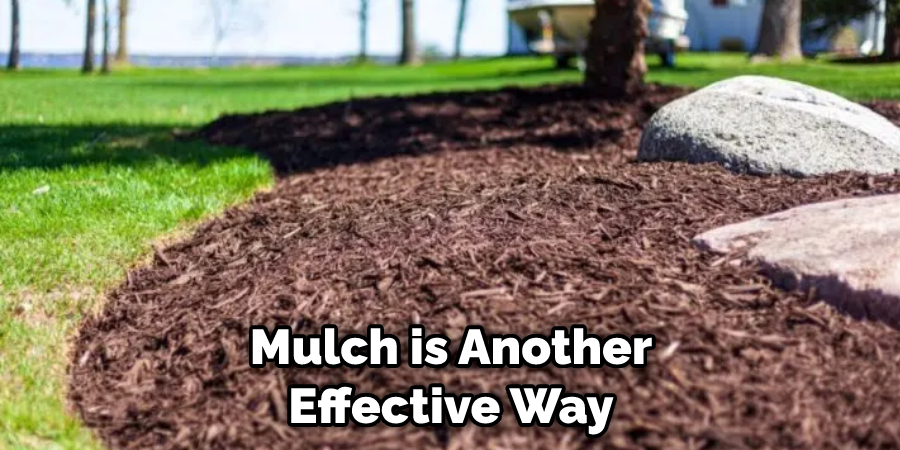
Frequently Asked Questions
How to Avoid Wasteful Water Runoff and Prevent Floods with These Simple Solutions?
With the increase in extreme weather events due to climate change, floods are becoming more frequent. One way to reduce the risk of flooding is to limit wasteful runoff. Homeowners can take simple steps around their property to prevent this runoff.
Planting deep-rooted grasses, trees, and shrubs can absorb rainwater and help create a buffer zone between hard surfaces and bodies of water. Additionally, strategically placed rain barrels will collect runoff from rooftops which can be used later for watering plants.
Properly grading land with gentle slopes away from buildings will also divert the water away from foundations. Finally, cleaning up debris like stray branches and leaves will reduce the amount of clogging during flood waters which may cause further damage. Taking these measures now can save a lot of money in damages should a flood occur in the future.
How Installing the Right Retaining Wall Can Help You Fix a Flooded Backyard Quickly?
Installing a retaining wall is one of the most effective ways to quickly and effectively prevent flooding in your backyard.
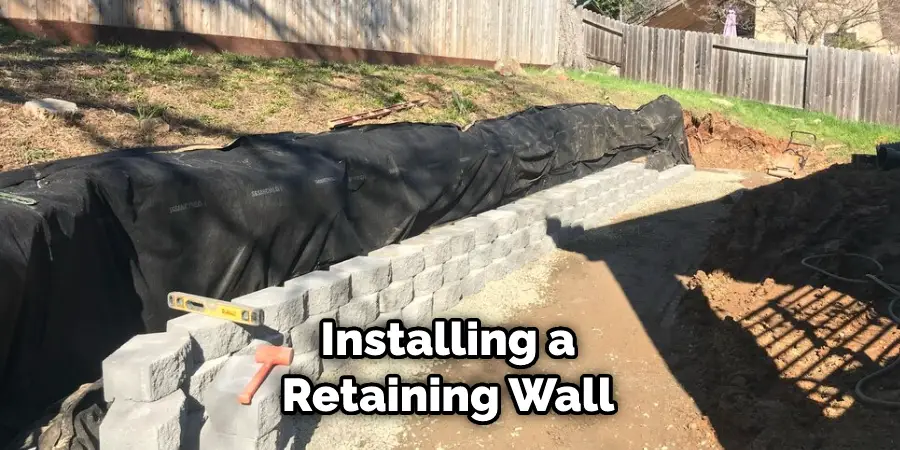
By strategically positioning a wall that captures runoff from higher ground and helps direct it more efficiently away from your yard, you can reduce or even eliminate flooding.
Depending on the size of your yard and overall drainage needs, you may need to use different types of retaining walls or combinations of walls to get the job done. Although it’s not always required, working with an experienced professional is recommended since they can help select the type and placement of walls that will be most beneficial and effective at resolving your particular flooding issue.
Conclusion
Although a flooded backyard can pose many risks and dangers, there are some simple solutions that you can try to fix the problem.
You should carefully determine how to fix a flooded backyard. By following the tips in this blog post, you should be able to get rid of the water in your backyard quickly and safely. Thanks for reading!
You Can Check It Out to Decorate a Stump
About
Outdoor Fixes is a distinguished figure in the world of Diy design, with a decade of expertise creating innovative and sustainable Diy solutions.
His professional focus lies in merging traditional craftsmanship with modern manufacturing techniques,
fostering designs that are both practical and environmentally conscious. As the author of diy,
outdoorfixes delves into the art and science of outdoorfixes-making, inspiring artisans and industry professionals alike.
Education RMIT University
(Melbourne, Australia) Associate Degree in Design (Outdoor Fixes) Focus on sustainable design, industry-driven projects,
and practical craftsmanship. Gained hands-on experience with traditional and digital manufacturing tools, such as CAD and CNC software.
Nottingham Trent University
(United Kingdom) Bachelor’s in outdoorfixes.com and Product Design (Honors) Specialized in product design with a focus on blending creativity with production
techniques. Participated in industry projects, working with companies like John Lewis and Vitsoe to gain real-world insights.
Publications and Impact
In diy, Outdoor Fixes his insights on indoor design processes, materials, and strategies for efficient production.
His writing bridges the gap between artisan knowledge and modern industry needs, making it a must-read for both budding designers and seasoned professionals.

